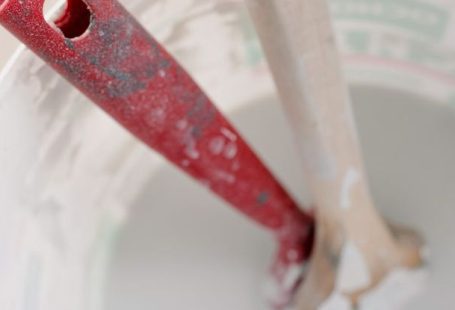Propagating plants from cuttings is a rewarding and cost-effective way to expand your garden or indoor plant collection. Whether you’re a seasoned gardener or a beginner, learning how to propagate plants from cuttings can be a fun and fulfilling experience. In this article, we will explore the step-by-step process of propagating plants from cuttings successfully.
Choosing the Right Plant:
The first step in propagating plants from cuttings is choosing the right plant. Not all plants can be propagated from cuttings, so it’s essential to select a plant that is suitable for this method. Generally, plants that have soft, flexible stems are ideal candidates for propagation from cuttings. Some popular plants that can be propagated from cuttings include pothos, philodendron, spider plants, and herbs like mint and basil.
Preparing the Cutting:
Once you’ve selected the plant you want to propagate, it’s time to prepare the cutting. Using a sharp, clean pair of scissors or pruning shears, take a cutting from a healthy, mature stem of the plant. Make sure the cutting is at least a few inches long and has several nodes, which are the points on the stem where leaves or branches grow. Remove any lower leaves from the cutting to prevent them from rotting when planted.
Rooting Hormone (Optional):
To increase the chances of success when propagating plants from cuttings, you can dip the cut end of the stem in rooting hormone before planting. Rooting hormone is a powder or gel that contains growth hormones to stimulate root growth. While using rooting hormone is optional, it can help speed up the rooting process and improve the overall success rate of propagation.
Planting the Cutting:
After preparing the cutting, it’s time to plant it in a suitable growing medium. Fill a small pot with a well-draining potting mix, such as a mix of perlite and peat moss. Make a small hole in the soil using a pencil or your finger and gently insert the cut end of the stem into the hole. Press the soil around the cutting to ensure good soil-to-stem contact.
Caring for the Cutting:
Once the cutting is planted, it’s essential to provide the right care to help it root successfully. Place the pot in a warm, bright location with indirect sunlight. Avoid placing the cutting in direct sunlight, as this can cause the cutting to dry out. Keep the soil consistently moist but not waterlogged, as excessive moisture can lead to rotting.
Monitoring Root Growth:
After planting the cutting, it’s time to monitor its progress and watch for signs of root growth. You can gently tug on the cutting after a few weeks to see if it has developed roots. If you feel resistance when pulling on the cutting, it’s a sign that roots have formed. Once the cutting has established a healthy root system, you can transplant it into a larger pot or directly into the garden.
Expanding Your Plant Collection:
Propagating plants from cuttings is a simple and rewarding way to expand your plant collection. Whether you’re looking to create new plants for your garden or share cuttings with friends and family, propagating plants from cuttings is a skill that every plant lover should master. With the right tools, techniques, and a little bit of patience, you can enjoy the satisfaction of watching your cuttings grow into healthy, thriving plants.





